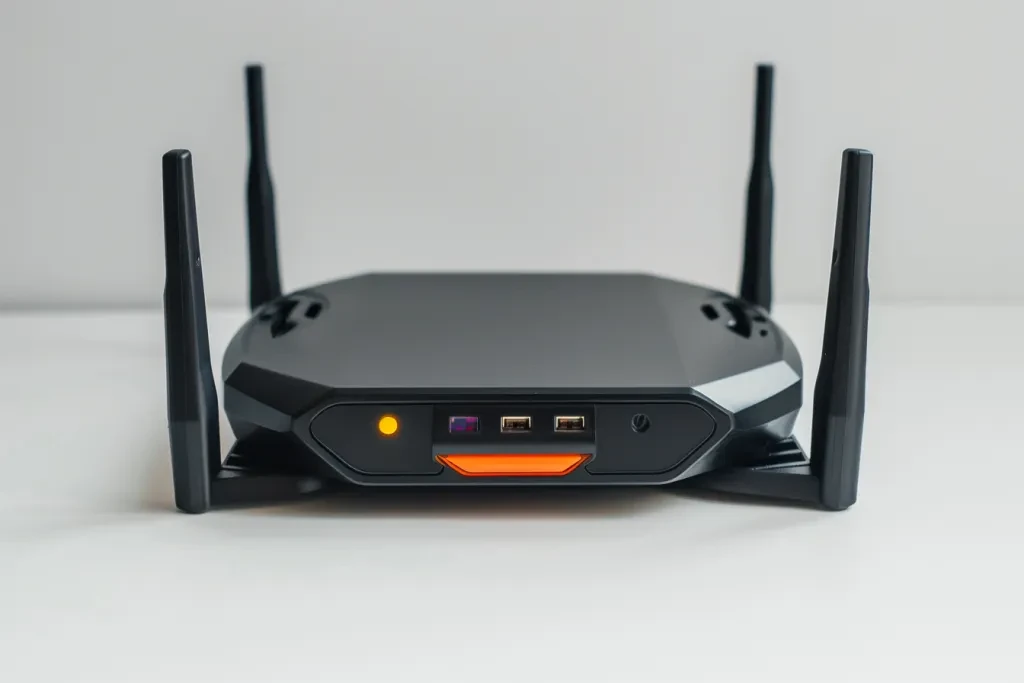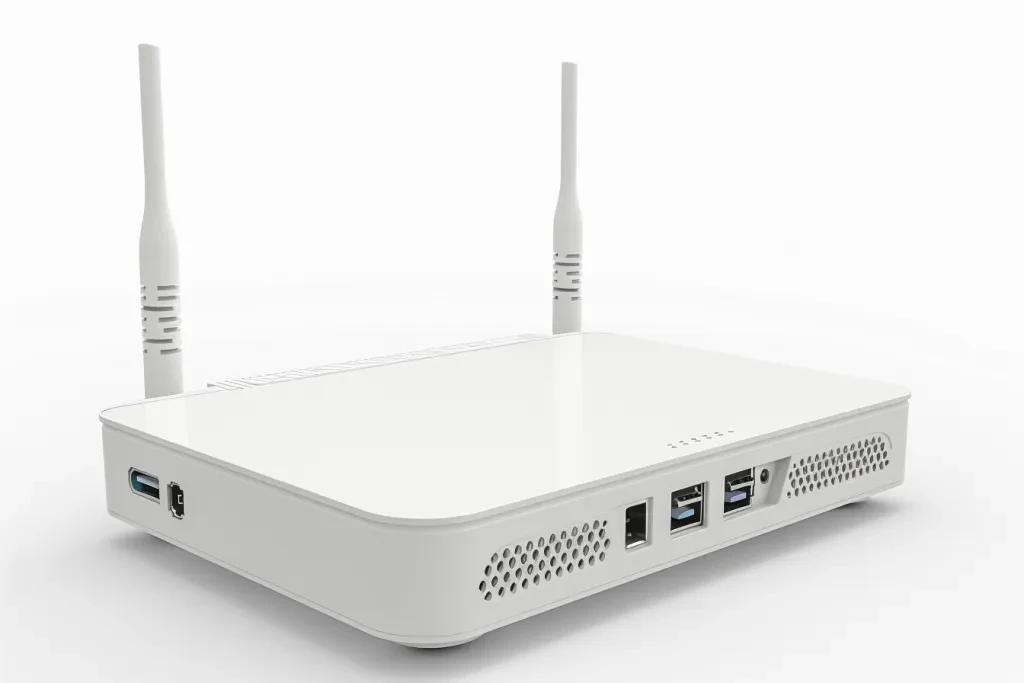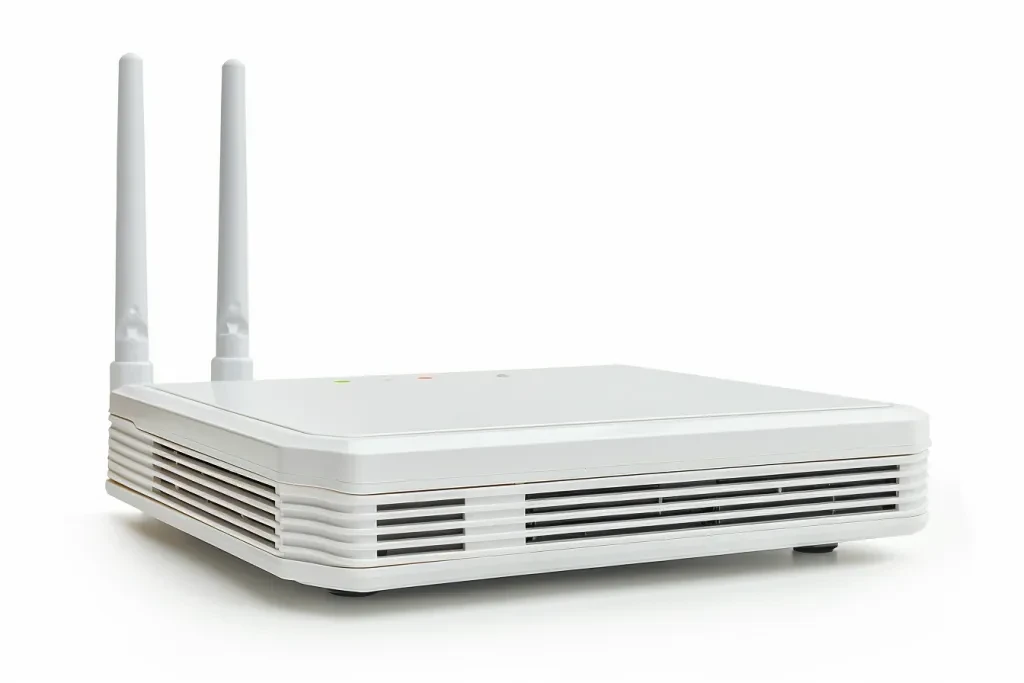In 2024, the surge in smart home technology and the demand for high-speed internet have propelled the global market for Wi-Fi modems for home use. Projections for 2025 indicate continued growth, fueled by advancements like Wi-Fi 6 and eco-friendly designs. Business buyers must stay ahead by selecting the right products to meet evolving consumer needs and capitalize on this expanding market.
Table of Contents:
– Market Overview: The Growing Demand for Home Wi-Fi Modems
– In-Depth Analysis: Key Drivers and Innovations in this Market
– Key Considerations When Selecting WiFi Modems for Home
– Advanced Features and Innovations in WiFi Modems
– Wrapping Up
Market Overview: The Growing Demand for Home Wi-Fi Modems

The home Wi-Fi modem market is experiencing significant growth due to the increasing need for internet connectivity in homes. Recent market data shows that the global home Wi-Fi router market is set to expand by USD 2.84 billion from 2023 to 2028, with a compound annual growth rate (CAGR) of 11.84%. North America leads this market, reflecting the high demand for fast internet solutions. This growth is driven by the rise in smart home devices and the need for strong home networking solutions.
In 2023, major companies like TP-Link Technologies Co. Ltd., Netgear Inc., and D-Link Corporation dominated the market. These players have been key in meeting the demand for advanced connectivity. The market is divided into single-band routers, dual-band routers, and modem-router combo units, with dual-band routers growing in popularity due to their superior performance. The spread of smart home systems and the increase in online content consumption have further boosted the need for dependable home Wi-Fi modems.
There’s also a notable shift towards online sales channels, which captured a significant share of sales in 2023. The ease of online shopping and the variety of available products have spurred this growth. Besides North America, regions like Asia-Pacific and Europe are also seeing strong growth, fueled by rising internet use and smart home technology adoption. With ongoing Wi-Fi technology advancements, the market is poised for continued expansion.
In-Depth Analysis: Key Drivers and Innovations in this Market

The home Wi-Fi modem market is marked by rapid tech advancements and changing consumer preferences. A major driver is the growing demand for high-speed internet to support smart home devices and apps. IoT technology integration in smart homes has significantly increased the need for advanced Wi-Fi modems. As of 2023, over 15% of the IoT market was driven by the smart home segment, highlighting the essential role of Wi-Fi modems in ensuring seamless connectivity.
Recent innovations, such as Wi-Fi 6 and mesh networking systems, have transformed the home networking landscape. Wi-Fi 6 enhances speed, capacity, and performance, meeting the rising demand for bandwidth-heavy applications. Mesh networking systems offer comprehensive coverage and eliminate dead zones, improving user experience. Companies like D-Link Systems Inc. have launched products like the AQUILA PRO AI series, which use machine learning to optimize network performance, catering to tech-savvy consumers.
Consumers are increasingly choosing environmentally friendly options, favoring energy-efficient and eco-friendly products. Manufacturers are responding by creating modems with lower power consumption and using sustainable materials. The market is also trending towards modular and customizable solutions, allowing consumers to tailor their home networks to their needs. As the market evolves, companies are focusing on strategic partnerships and collaborations to broaden their product ranges and enhance their market positions.
Key Considerations When Selecting WiFi Modems for Home

When selecting a WiFi modem, several factors impact connectivity, performance, and long-term usability:
Compatibility with ISP: Ensure the modem is approved by the ISP to avoid connectivity issues or speed limitations. Verify compatibility with ISP technologies like DOCSIS 3.1 for faster speeds and more reliable connections compared to DOCSIS 3.0.
Speed and Bandwidth: Match the modem’s maximum speed rating (in Mbps or Gbps) with the internet plan. For households with multiple users or devices, choose a modem that supports high-speed broadband plans (e.g., gigabit speeds) to avoid congestion during peak usage times.
WiFi Standards and Range: Select a modem supporting WiFi 5 (802.11ac) or WiFi 6 (802.11ax). WiFi 6 offers faster speeds, improved performance in dense environments, and extended battery life for devices. In larger homes or those with obstructions, modems with multiple antennas or mesh networking support are ideal for extending coverage and reducing dead zones.
Security Features: Look for robust security, including WPA3 encryption, to protect the network from unauthorized access. Additional features like firewalls, parental controls, and guest networks provide extra layers of security. Ensure the modem supports firmware updates to address emerging security vulnerabilities.
Ease of Setup and Management: For a smooth installation and ongoing management, choose modems with user-friendly interfaces and mobile apps. Many modern modems offer guided setup, remote management, and features like automatic firmware updates and diagnostics to maintain performance and troubleshoot issues efficiently.
Advanced Features and Innovations in WiFi Modems

WiFi modems now integrate advanced features to enhance performance, usability, and future-proofing:
Mesh Networking: Mesh technology allows multiple devices to form a unified network that covers larger areas. Ideal for multi-floor homes or complex layouts, mesh-capable modems can be expanded with additional nodes, eliminating dead zones and ensuring consistent coverage. These systems are easy to set up and manage through mobile apps for seamless performance.
Integration with Smart Home Devices: Many modems now integrate with platforms like Amazon Alexa, Google Assistant, and Apple HomeKit. This enables centralized control over the home network and connected devices, improving convenience, especially in homes with numerous smart devices.
Energy Efficiency and Environmental Impact: Manufacturers are focusing on energy-efficient designs to reduce power consumption and environmental impact. Features like power-saving modes during inactivity and eco-friendly materials help lower electricity bills and support sustainability.
Support for Upcoming Standards: Future-proofing a home network involves selecting modems that support next-gen standards like WiFi 6E, which operates on the 6 GHz band for improved bandwidth and less interference. Modems with dual-band or tri-band support offer more efficient network traffic distribution.
Expandability and Upgradability: Look for modems that allow for easy upgrades, such as adding mesh nodes or additional antennas. Modular designs that support component swaps or new features extend the modem’s lifespan and reduce the need for frequent replacements.
IoT and Connected Devices: As IoT devices proliferate, selecting a modem with advanced Quality of Service (QoS) settings for bandwidth prioritization is crucial. This ensures smooth performance for connected devices like smart home gadgets and security cameras, particularly in large or device-heavy environments.
Wrapping Up
In the rapidly advancing world of consumer electronics, selecting the right WiFi modem for your home is crucial for ensuring reliable, fast, and secure internet connectivity.



